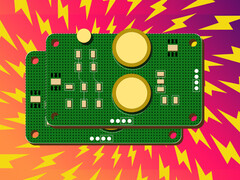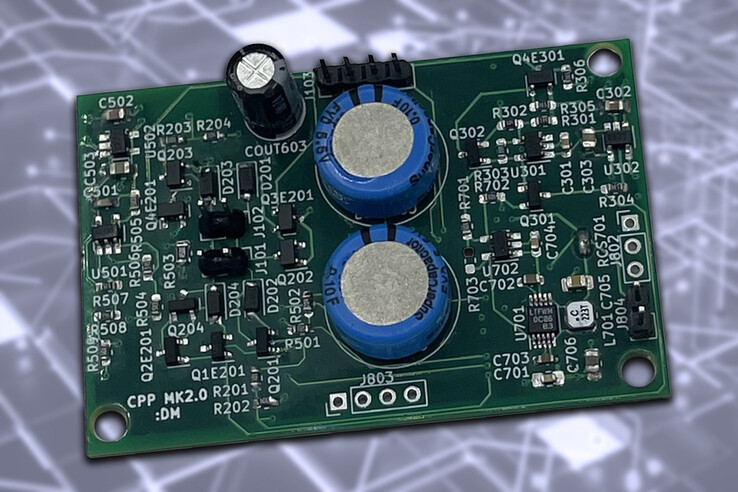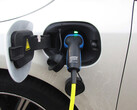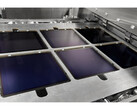At MIT, a self-powered sensor has been developed that does not draw the power it needs from a cable or battery, but from its immediate environment.
This opens up completely new possibilities for placing sensors in the most suitable location. There is no need to lay additional cables with the correct voltage, nor is maintenance with a battery or rechargeable battery change required.
For example, a magnetic field is required, which forms around live cables. The sensor could therefore be placed on the cable leading to an electric motor.
The tapped magnetic field will minimally change the cable resistance inside, but will always supply current for measurement and sensor values.
Proven technology in use
Three points had to be done differently for the design than for the conventional power supply.
No increased voltage can be provided for starting the electronics in this way. Integrated circuits and transistors allow the necessary energy to be stored. Only then does the entire system start.
The energy could have been stored in a battery - with a limited service life. Instead, capacitors are used. These are extremely durable and can store so much energy for a certain period of time that the sensor can begin to harvest energy itself and send measurement data.
Last but not least, the built-in microcontroller must ensure intelligent control of the sensor. If sufficient energy is available, data is recorded and transmitted. If the amount of energy decreases, the sensor pauses until enough power flows again.
The targeted use of sensors in machines, but also in a smart home environment, to improve efficiency can thus take on completely new forms - with a rather inconspicuous component that can tap a magnetic field.












